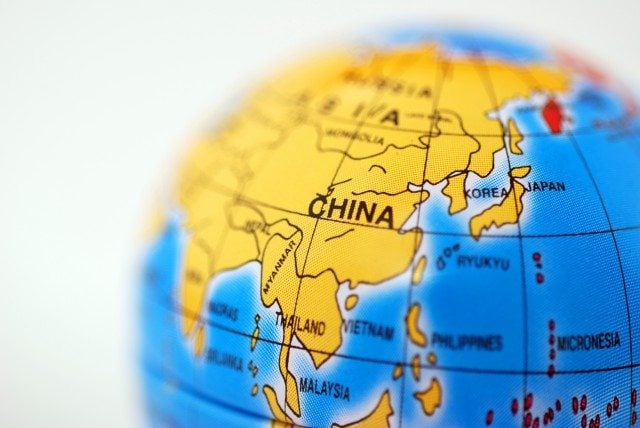Australian businesses wanting to succeed in China must perfect the art of networking the Chinese way, according to Deakin research completed in partnership with the Open University of Hong Kong.
The researchers found that many small to medium enterprises (SMEs) struggled to undertake the type of intense networking needed to build relationships in a culture where business lives or dies based on its network.
With China the second largest economy in the world and Australia’s number one trading partner, business is booming between the two economies, but the researchers found the intensity of the necessary relationship-management outweighed the capacity of resources for many SMEs.
The research was conducted by Dr Jane Menzies, Professor Stuart Orr and Sajeewa Maddumage from Deakin’s Graduate School of Business, in partnership with Professor Alan Au and Dr Jimmy Chan from the Open University of Hong Kong’s School of Business and Administration.
Their work has been contained in a new report Australian SMEs in China: Innovation and Engagement in the Asian Century.
Dr Menzies said during five months from August to December 2013, the team analyzed the experiences of 40 Australian SMEs across a range of industries, including business services, manufacturing, biotech, film and information technology.
“Our research was motivated by the increasing significance of China to Australia’s economy, and the fact that SMEs represent a significant proportion of the Australian economy,” Dr Menzies said.
The report identifies a number of priority areas when planning for operations in China, including:
• Innovation, including adaptation of products to the Chinese market;
• Development of networks to facilitate doing business in China;
• An online strategy for the Chinese market; and
• Investment of resources in the Chinese market.
The researchers found a focus on innovation and entrepreneurship would help Australian companies develop future competitiveness.
“Getting involved in Australian Chambers of Commerce (AustCham’s) in China, visiting trade fairs, attending conferences, and tapping into social networking and online selling sites such as Weibo, Weishing and Taobao are some of the neighborly ways Australian businesses are finding favor with their Chinese counterparts,” said Dr Menzies.
“But while many Australian businesses are developing new products for the Chinese market, many reported their ability to sell on the basis of innovation was impeded by local environmental and cultural conditions.”
“Some respondents suggested there were parallels between building and developing professional relationships in China and in Australia, such as the common practice of discussing business opportunities over lunch, while others had benefited from employing staff with Chinese connections, including ‘sea turtles’, students who have spent years studying in Australia and have since returned to China.”
“However, the most important issue that the participants faced in the Chinese market was generally found to be due to internal resource shortfalls including funding, staffing and time. These negatively impacted on their ability to keep up relationships and develop business in China.”
“With good connections, careful planning, an innovative approach to the local market and good products and services, Australian businesses can reap significant rewards from operating in the Chinese market.”










